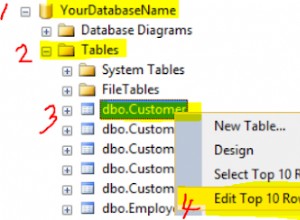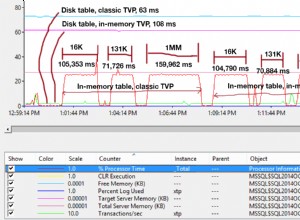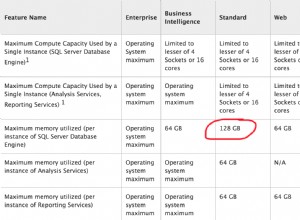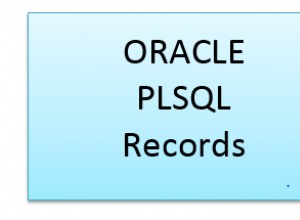Eu acho que não há nada que você possa fazer sobre o tratamento do Sql Server com tratamento de gravidade de erro DDL, alguns deles são tratados automaticamente (reversão forçada da transação, por exemplo) pelo próprio Sql Server.
O que você pode fazer é fazer com que seu código de script lide com isso e fornecer aos usuários do script um erro descritivo.
Um exemplo:
-- drop table thetransformersmorethanmeetstheeye
-- select * from thetransformersmorethanmeetstheeye
-- first batch begins here
begin tran
create table thetransformersmorethanmeetstheeye(i int); -- non-erring if not yet existing
-- even there's an error here, @@ERROR will be 0 on next batch
ALTER TABLE [dbo].[Table1] WITH CHECK ADD CONSTRAINT [FK_constraint] FOREIGN KEY([field1], [field2])
REFERENCES [dbo].[Table2] ([field3], [field4]);
go -- first batch ends here
-- second batch begins here
if @@TRANCOUNT > 0 begin
PRINT 'I have a control here if things needed be committed or rolled back';
-- @@ERROR is always zero here, even there's an error before the GO batch.
-- @@ERROR cannot span two batches, it's always gets reset to zero on next batch
PRINT @@ERROR;
-- But you can choose whether to COMMIT or ROLLBACK non-erring things here
-- COMMIT TRAN;
-- ROLLBACK TRAN;
end
else if @@TRANCOUNT = 0 begin
PRINT 'Sql Server automatically rollback the transaction. Nothing can do about it';
end
else begin
PRINT 'Anomaly occured, @@TRANCOUNT cannot be -1, report this to Microsoft!';
end
-- second batch implicitly ends here




